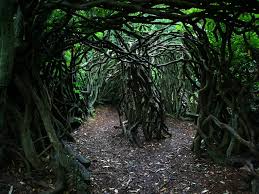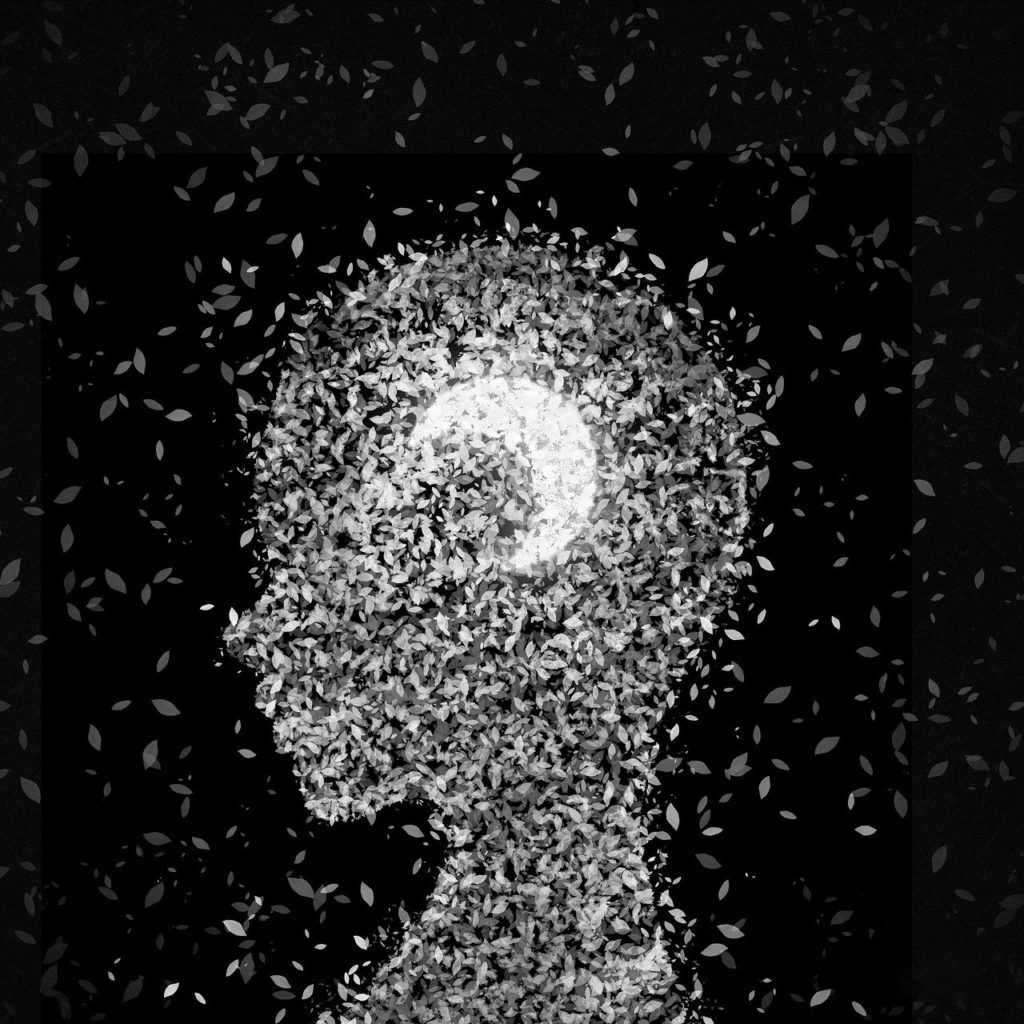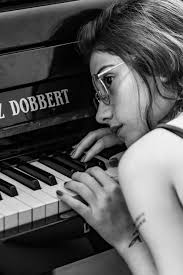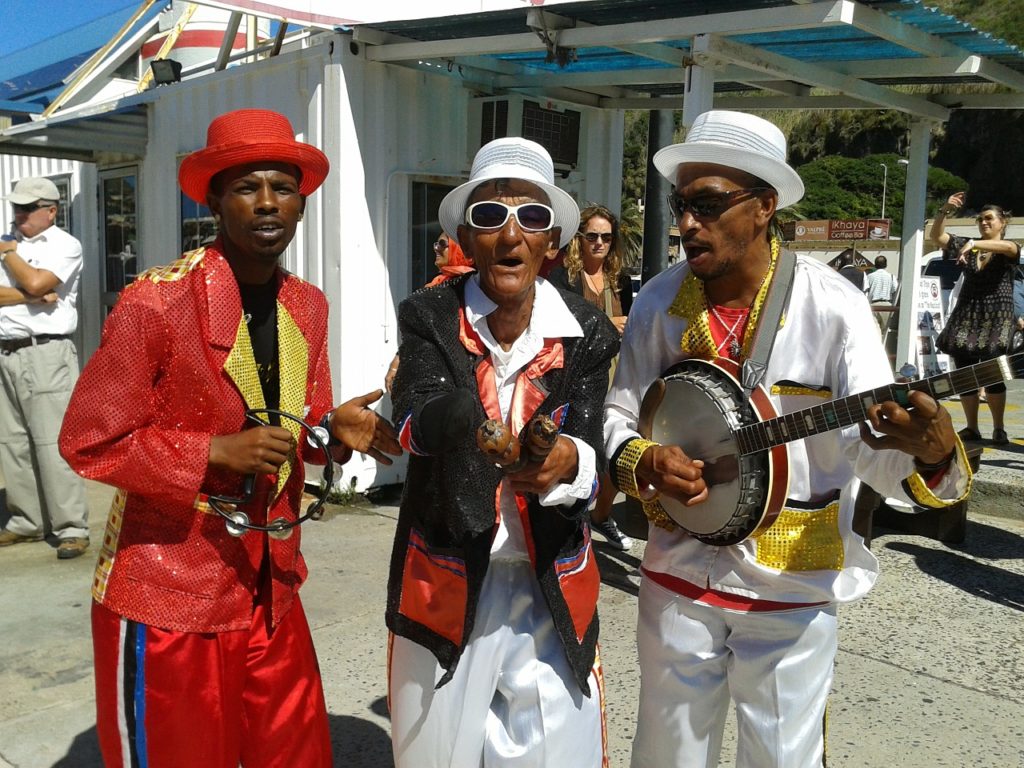
If you’re on a career path outside the arena of the arts, but you sense a gnawing from the subconscious you should be creating through the medium of aesthetics, you may think that ship has sailed. You may have trained for a practical, stable occupation and think there’s no room for distractions that take you down a rabbit hole into crazy dreams.
The truth is there’s room for including arts in your life on some level. Despite your busy schedule, there’s time to start developing latent talent you have a longing to explore. There have been many who did so late in life, sometimes to enormous success. This article will give a few examples of stories you may not have heard.
Ways to Get There
Imagine this familiar scenario. A girl in elementary school falls in love with books. She wants to read constantly. She always seems to have a book open or at least at hand. This continues through her high school years. She’s a good student, especially good in English and secondary languages, but is so reverent toward authors that she never considers she could be a an outstanding writer, too. Then one day a teacher gives the class an assignment in creative writing. She must write a short story of at least 2000 words. She knows she will be miserable at storytelling and even puts it off until a few days before the assignment is due. When she finally starts typing, she feels a magical tingle in her spine. The words begin to flow and she enters a new mental dimension. The story is almost writing itself and she is merely its instrument. She loves the process and wants nothing more than to keep doing it.
Discovering artistic talent within us often doesn’t occur until we are beyond our formal education years. One of my brothers grew up focused on sports and having good times (much like me). He was drawn to cars and didn’t mind getting his hands caked with grease in maintaining those cars. He started working immediately after high school, was soon married and raising children. He worked hard and played hard, sometimes sustaining severe injuries that limited his physical activities. When he was in his mid-40s, he jumped off the bed of a big truck as a portable tank of some kind of gas was about to explode. He broke both feet and was disabled for months as he healed. This made him reflect on what he really would love to do with his time. He took up photography and found a passion for it.
Some individuals don’t realize ability in the arts until their retirement years. In fact, there are cases documented where dementia impinges on use of parts of the brain and allows artistic abilities to surface. This new way of occupying their time gives people a new purpose and function in life.
Late Bloomers of Note
Claude Monet–This legend of the art world didn’t start painting until he was in his 30s. His wife died when Monet was in his 40s and this period became transformational for him. His production mushroomed and he developed his iconic style at that time. That hidden potential and generational innovation was lying within for half of his life.
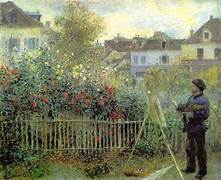
Vincent van Gogh–Another master with his own distinct style, van Gogh set upon painting in his late 20s. He wasn’t a social person. He didn’t show his work to many people, but he was prolific. In his 10 years or so of work, he completed approximately 2100 paintings. His reluctance to promote himself couldn’t keep his brilliance from being discovered and revered. His life was complex and I don’t claim to understand him well, but his passion for nature and portraits suggest he saw the world with a remarkable depth.
Out of Nowhere
Charlize Theron–A striking beauty, Theron was brought to the United States from South Africa by her mother at the age of 19. She had no intention of becoming an actress. She was discovered by a talent agent as she was arguing with a bank teller who refused to cash a check she had presented. Her presentation must have been convincing. She soon landed movie roles and later had impressive box office hits. She developed her craft well and eventually had a lead role in Monster, playing a serial killer who actually lived a tragic life that spiraled downward into a horror for many. Theron won an Academy Award for Best Actress with that part.
A Life of Expression
It’s natural to express our thoughts and feelings. It could be said it’s a form of therapy. I know this to be true for me when I write. If we can bring our creative urges into reality where others can experience their manifestation and communicate messages of meaning, we may be able to inspire. What higher purpose can there be? It doesn’t matter you haven’t found this expression yet. It is indeed never too late to try.

